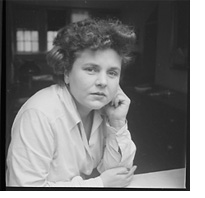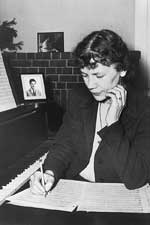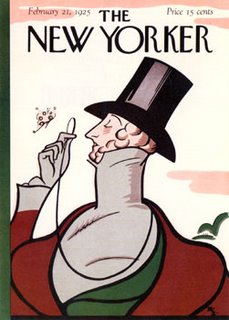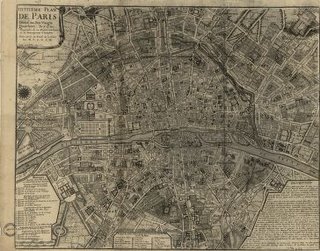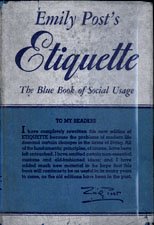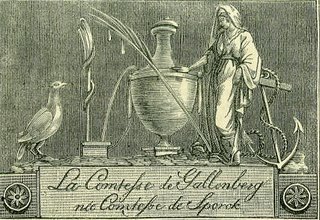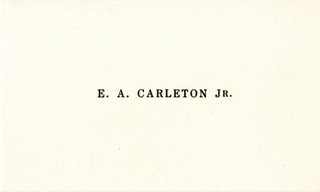Election Day 2008

For me, journeys are so often solitary. I like it that way. And while I travel, a lot, most of my journeys, at least the really important ones, are internal. Meaning I do something new, think another way, question myself, try to peel back a world of illusion and deconstruct the public self, the mask.
As Yeats writes,
The rhetorician would deceive his neighbours,
The sentimentalist himself; while art
Is but a vision of reality.
The best way, I imagine, to move beyond the deception and delusion is to face it squarely in oneself head on. That is the reason for the solitary journey.
And yes, I think and talk as the rhetorician, feel as the sentamentalist. I want to think, talk feel, create, purely. But what is true, and what is real?
The poem continues...
For those that love the world serve it in action,
Grow rich, popular and full of influence,
And should they paint or write, still it is action:
The struggle of the fly in marmalade.
And yes, I want to be in the world in a way that means something, however small. Be a fly NOT stuck in marmalade. And maybe, hopefully, not just a fly.
And Yeats keeps on with...
What portion in the world can the artist have
Who has awakened from the common dream
But dissipation and despair?
I try not to get pulled into the shared delusion that exists for all of us, if we buy into it, but I don't always succeed. I don't want to wake into a world of dissipation and despair, but that is easy to do. That is why I am equal part seeker of meaningful relationships, and part hermit, with solitary journeys.
But today is different. Today the public effort and the union of individuals, the coming together of an Election Day, turns our common dream not into something of a delusion, but into something good, something real, something with meaning. Today I did not want to be apart from the world around me, but a part of it.
I was happy to see lines for the voting booths, stretching three corners around the building.

I was thrilled to join the throng, that there was jostling, that a woman called it a zoo.

I was struck by the odd Information Clerk posted amid the crowd, who quietly did his crosswords but let me go in with my dog. (I have voted in every election with her).
I was relieved that the election worker, running her finger down a long list in a spiral bound book, found my name. Spelled right.
I cheered for my Bulgarian friend, Ruslan, who only several months ago became an American citizen and was voting for the first time, arriving early to stand in line. His voting booth, he reported later, was like the portable toilet found strategically placed in Central Park. It was the perfect reflection on our election system as he informed me that even the Bulgarian Parliament votes electronically. How lucky he is, I thought, that he casts his baptismal vote in this historic election.
I was bemused to watch a zealous election volunteer take on the New York Post photographer, asking him for his permit. As Micah said, isn't the First Amendment his permit?
I was happy to take lots of pictures, so many that someone asked me if this was the first time I was voting.
I was excited to see the district 83 booth, my voting booth, topped by a series of four colored bulbs that would indicate to others outside my status during the actual voting process.
I was happy to get the full training on how to man the machine by a jolly, patient man, who told me that to properly operate the lever, one had to push fully, then pull fully, or my vote wouldn't count.
I was happy that my dog joined me behind the curtains.

And then, I stood in front of levers, and for a moment, forgot to breathe. I carefully reread the instructions, and in silence that felt almost solemn, I turned the button and pulled the lever. Fully.
After voting, I went for the traditional diner breakfast to think more about it. An act that is tangibly so small but in reality, the opposite.
This long, sunny morning was the opposite of a solitary journey for me, but held just as much meaning, and revelation. Anticipating this evening where we will all be in front of our TVs and computers, and together imagining the new morning that we will wake to - I am not doing that alone. And this journey feels great.

